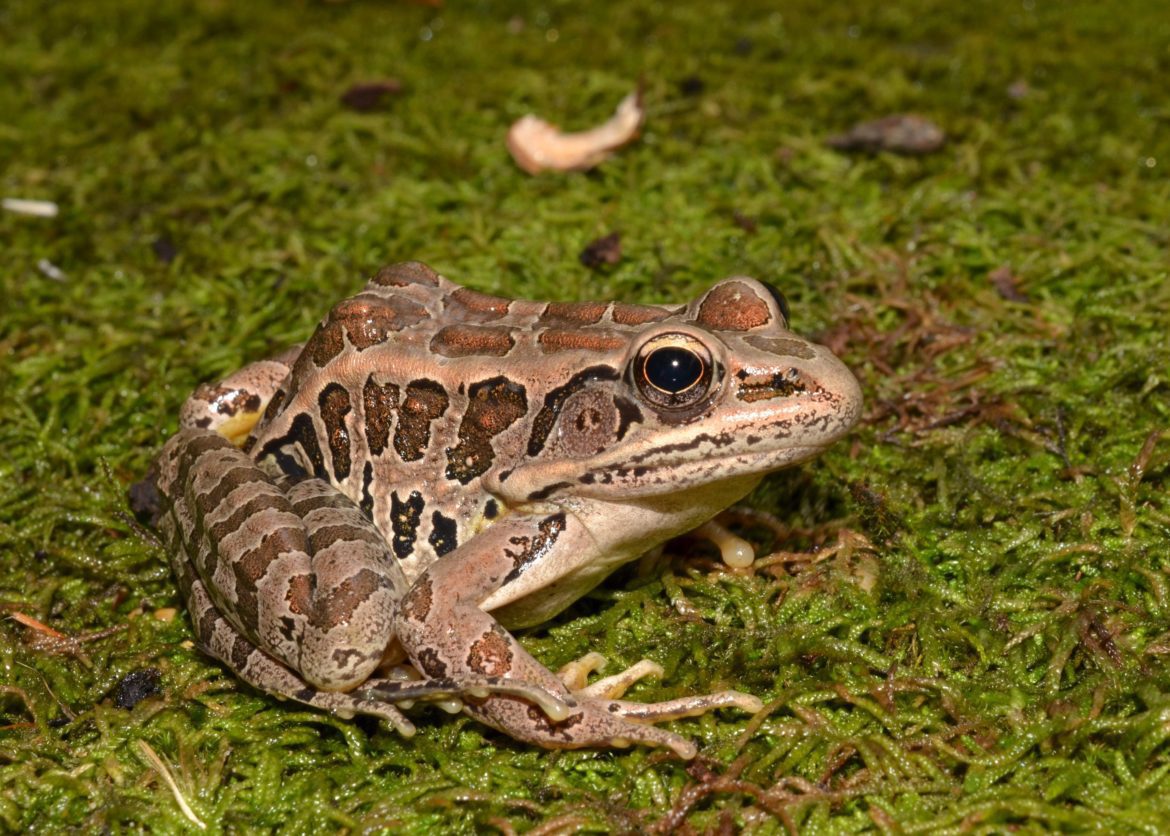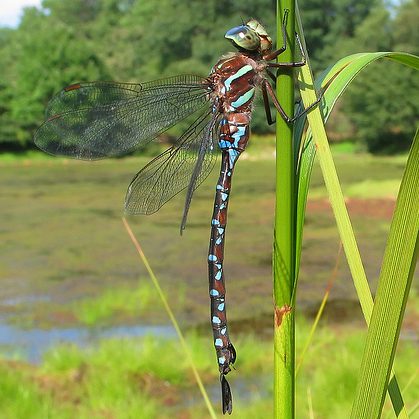What is the Future of Our Freshwater Wetlands?
For many years, Delaware has wrestled with the need for and the means to protect freshwater wetlands.
Never has the need for that protection been more urgent.
Below, view Clean Water Alliance’s full statement on the Sackett v. EPA decision which will leave most of Delaware’s freshwater wetlands – 15 percent of Delaware’s landscape – without any federal or state protections. Then discover how you can help.
Delaware Clean Water Alliance Response to Supreme Court Clean Water Act Decision Undermining Freshwater Wetlands Protection
The United States Supreme Court’s decision in Sackett v. EPA turns on its head 50 years of Congressionally directed and science-based protection of the nation’s wetlands. The implications of this decision will leave most of Delaware’s freshwater wetlands—which represent about 15 percent of Delaware’s landscape—without any federal or state protections.
The Federal Clean Water Act explicitly charges EPA to restore and maintain the chemical, physical, and biological integrity of the nation’s waters. Scientists have long known that to provide that protection, regulators would have to respect the interconnectedness of the land and waters including the crucial water quality role played by wetlands.
This Supreme Court decision flies in the face of that science and states that EPA jurisdiction—and therefore the protections provided by the Federal Clean Water Act—should apply only to those wetlands with a direct connection to waterways protected under that act. This decision fails to recognize the thousands of peer-reviewed scientific articles that detail the critical water quality role played by wetlands through their surface and indirect groundwater connections to streams and rivers. Dr. Dave Arscott, executive director of the esteemed Stroud Water Research Center, has aptly noted that, “Aquatic systems are dependent on each other and interconnected, even when we can’t see water flowing. To not recognize the connection between wetlands and nearby streams and groundwater contradicts watershed science, and it makes the water resources Americans rely on for drinking, swimming, and recreation more vulnerable to pollution and flooding.”

“Aquatic systems are dependent on each other and interconnected, even when we can’t see water flowing.”
Dr. Dave Arscott, Executive Director, Stroud Water Research Center
Since the 1700s, Delaware has lost about half of its wetlands. Within the past 10 to 15 years, the state has lost more than 3,000 additional acres. Now unprotected by federal law, many of Delaware’s freshwater wetlands are threatened by discharges as well as destruction and modification that will have a direct adverse effect on the ability of wetlands to support the unique plant and animal life that define our natural spaces.
As those natural habitats disappear, so too will their ability to soak up and store the increased rainfall resulting from more powerful climate change-driven storms, filter harmful levels of nutrients, and mitigate climate change by storing carbon. Excess rainwater will now occupy our neighborhoods and flood our streets and roads, carrying into our streams, rivers, lakes and bays all the grease, heavy metals, animal wastes and other pollutants that the wetlands would otherwise have filtered free of charge. In aggregate, these benefits provide $1 billion in economic value to the State of Delaware each year. Squandering these amazing resources is surely not what Congress intended in 1970 when it required the EPA, and by extension the states, to restore and maintain our water quality.

Delaware is the only mid-Atlantic state without its own freshwater wetland regulations
Clean Water Alliance
For many years, Delaware has wrestled with the need for and the means to protect its wetlands under state law. Indeed, Delaware is the only mid-Atlantic state without its own freshwater wetland regulations. Never has the need for that protection been more urgent.
Now is the time for the Delaware legislature and the governor to build off enactment of the Clean Water for Delaware Act to ensure this foundation of Delaware’s clean water for future is not lost. The federal government has retreated. The State of Delaware now has the opportunity and obligation to establish the required law and regulations to protect these critical natural assets.
Freshwater wetlands are an essential natural component of our state’s integrated water system including streams, rivers, ponds, groundwater, estuaries, and bays. Freshwater wetlands of all sizes are also critically important for biodiversity—many rare plants and animals live only in wetlands, and many more use them at some point in their lives. Studies have shown that even the smallest wetlands play an important role in aggregate across the landscape, and as they are lost, the remaining wetlands increase in value for people, plants, and animals. These assets are also an important tool for protecting communities from the impacts of climate change, especially as they help absorb heavier downpours; constructing flood control infrastructure to substitute for wetlands will only be more costly in the long run. The Delaware Clean Water Alliance will rely on its robust understanding of the science of wetlands to expand public understanding of the threat they face without state protection and ensure well-informed advocacy to fix this very real and harmful gap in critical environmental protection.
[1] Press Release, June 7, 2023, Stroud Water Research Center Responds to the Sackett v. EPA Supreme Court Decision: Without a Federal Wetland Law, Protection Will Be Inconsistent Across U.S. Stroud Water Research Center: https://stroudcenter.org/press/stroud-water-research-center-responds-to-sackett-v-epa-supreme-court-decision/.
[1] Status and Trends: Wetland Losses 2007-2017 (blog post): https://wmap.blogs.delaware.gov/2021/12/14/status-and-trends-wetland-losses-2007-2017/.
[1] Gerald J. Kauffman, 2018. Socioeconomic Value of Delaware Wetlands. Prepared for: Delaware Department of Natural Resources and Environmental Control, Delaware Coastal Programs: https://www.wrc.udel.edu/wp-content/uploads/2018/04/SocioeconomicValueofDelawareWetlandsFinalReportApril2018.pdf.
About the Delaware Clean Water Alliance
The Delaware Clean Water Alliance is a broad-based coalition of organizations and stakeholders across the state working to secure broad support for clean water initiatives. The Alliance is working to improve water quality across the state and to secure dedicated funding for clean water.
As part of this effort, partners recognize and promote the need for appropriate policies and dedicated funding for clean water initiatives to protect the environment, healthy crops and food sources, economic growth, and a thriving tourism industry. Additional clean water funding may be used for upgrades to wastewater treatment facilities and stormwater systems; environmentally sound solutions to remove contaminants from our water; and protection of wetlands and open space.

Delaware Nature Society leads the Alliance in partnership with the following Steering Committee members: Delaware Center for Inland Bays, Partnership for the Delaware Estuary the University of Delaware Water Resources Center, and the University of Maryland Environmental Finance Center.
Get Involved and Make a Difference
Citizens and organizations are encouraged to get engaged in raising awareness about the importance of Delaware’s water resources. To find out how you can become involved, contact Mark Nardone, Director of Advocacy at Delaware Nature Society.